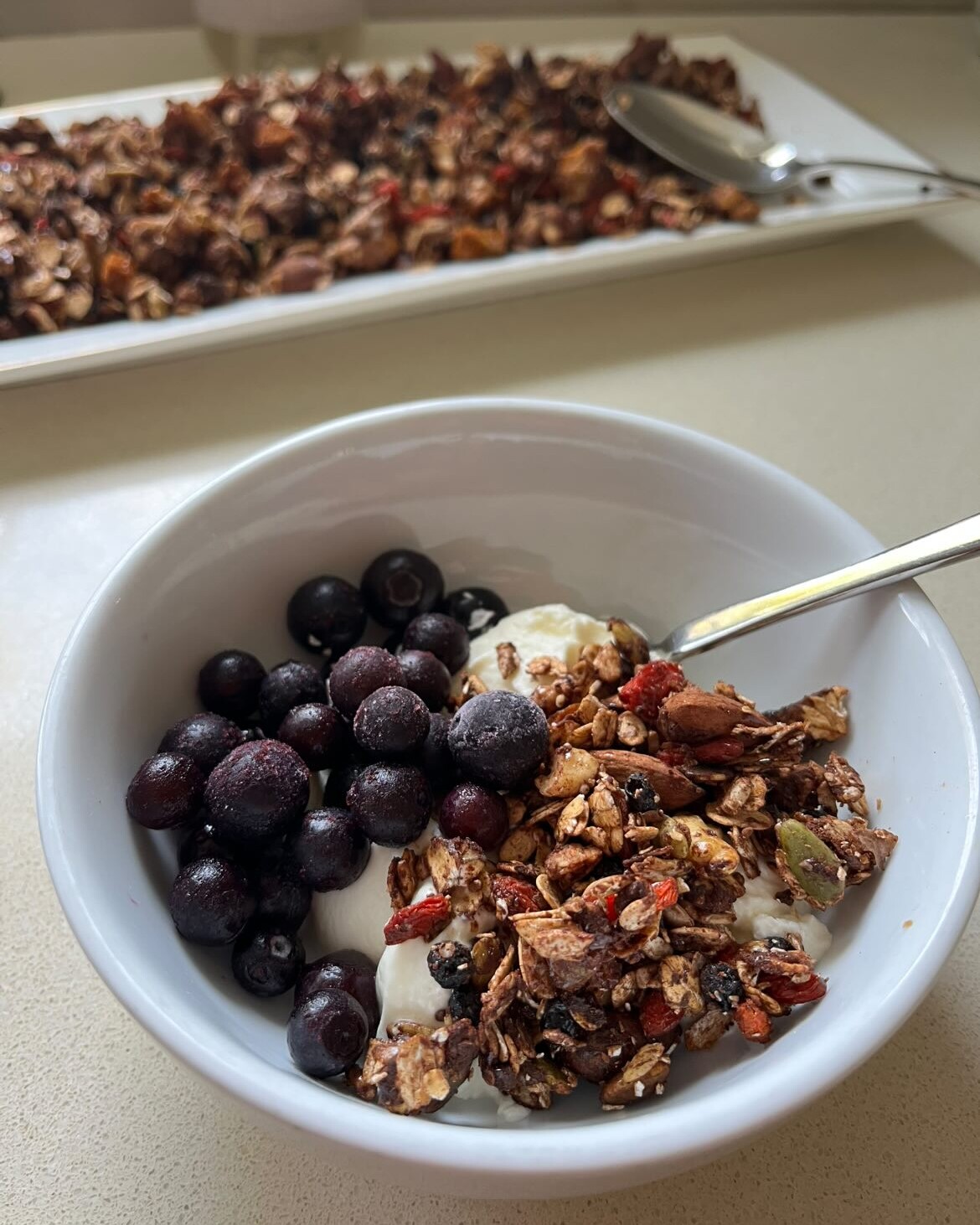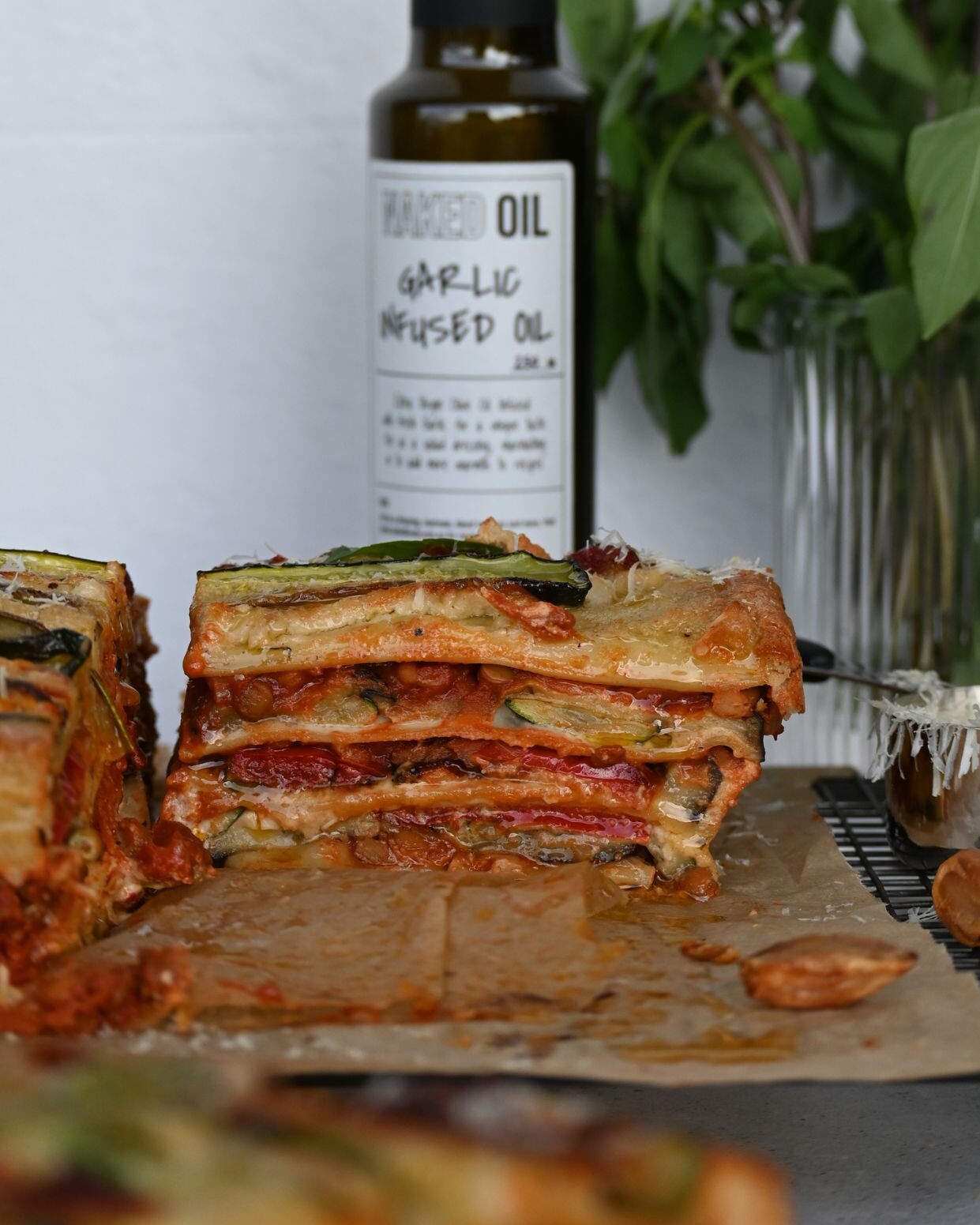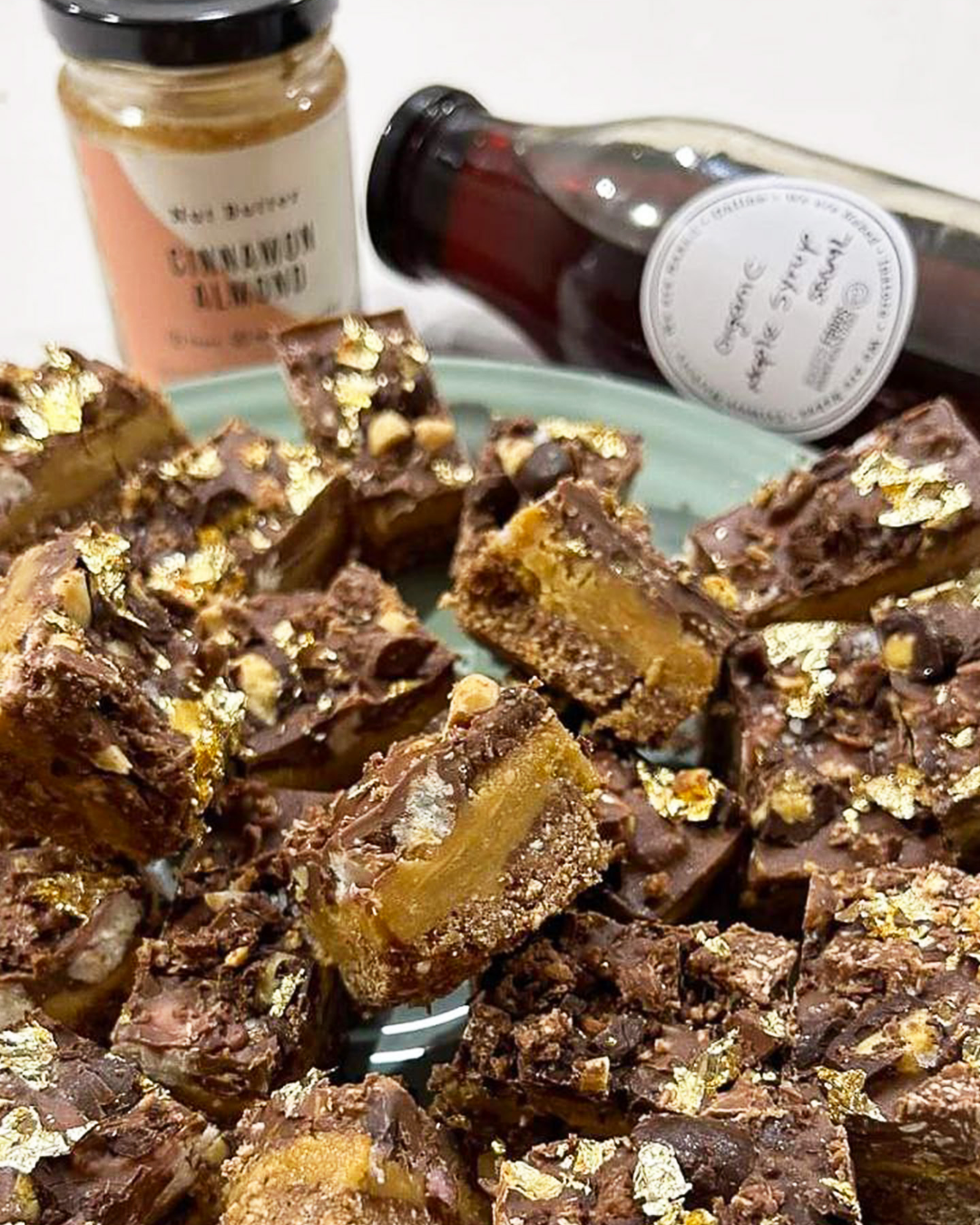The first almond trees were planted on South Australia’s Kangaroo Island in 1836. There are over 17 million trees across more than 58,500 hectares in New South Wales, Victoria, South Australia, and Western Australia, as reported by AusTrade. Snacking on almonds is one of the healthiest habits you can develop, according to many reports, including Victoria’s Government. Almonds are high in plant-based protein, fiber, vitamins, and antioxidants, low calorie, and contain unsaturated fatty acids (good fats), which can improve your health and skin. They’re easy to carry around and satisfy your hunger without empty calories. Let’s take an in-depth look at why they’re so good for your health:
Are Almonds Good For Weight loss?
Almonds are incredibly satiating, which means including them in a meal or eating them as a snack can help you to feel full for longer and help with weight loss. They’re packed with plant-based protein and high fiber. One ounce Of almonds (about 22 whole nuts) has 6 grams of protein and 3 grams of fiber. There are about 15 grams of total fat in a single-ounce serving of almonds, but most of it is monounsaturated fat, which is beneficial for heart health. Like protein and fiber, fat in food is digested slowly, which can provide energy for an extended period and help curb hunger.
Are Almonds good for the skin?
Almonds are rich in vitamin E, an antioxidant that helps protect your skin cells by fighting the effects of pollution and UV rays. A serving of 23 almonds, about an ounce, provides 50 percent of the daily value of this essential nutrient. One ounce of almonds also contains 8 percent of the Daily Value of zinc, which contributes to the integrity of healthy skin by fighting dryness. Almonds’ essential fatty acid, linoleic acid, keeps moisture locked into your skin cells with its powerful moisturizing properties.
What are some of the healthiest ways to eat almonds?
Aside from eating almond nuts directly and munching on them, here are some of the best ways to include almonds in our meals and snacks.
1. Almonds when baking ( Almond Flour )
Almond flour makes an excellent choice for people following a low-carb diet. It is also gluten-free, making it appropriate for those on a paleo diet. Almond flour is made from blanched almonds that have been ground into a fine powder. It has a light and delicate flavor with a slightly sweet taste. Almond flour is high in plant-based protein and fiber, making it an excellent choice for baking. When baking with almond flour, it is essential to remember that it behaves differently than wheat flour. For example, almond flour tends to brown more quickly, so keeping an eye on your baked goods while in the oven is vital.
You may need to add more liquid to your recipe when substituting almond flour for regular flour. You can also try adding an extra egg to give more lift and lightness to your baked goods.
Here are Almond flour recipes that are delicious and easy to make to satisfy your sweet tooth and give you the energy and pack a lot of plant-based protein you need to get you through the day
– No Blend Snickers Squares
– Mocha Protein Brownies
2. Almond flour pasta
Almond flour pasta has all the same properties as traditional, wheat-based pasta. Yet, it’s hard to make pasta from almond flour alone. The result is a softer dough that’s much more delicate than traditional wheat pasta dough—which is why tapioca flour is added to the mix. This creates an exquisite noodle that you can boil or sauté.
Here are the best simple ingredients for making almond flour pasta:
– 100 g (3.5oz) almond meal (flour)
– 110 g (3.6oz) tapioca flour
– 1/4 teaspoon salt
– 2 eggs ( or a vegan substitute like ground flax seeds )
– 1 tablespoon olive oil
To make the dough and pasta, put almond meal, flour, and salt in a food processor. Pulse to combine. Add the eggs and oil and process for a minute or until the dough forms a ball. Put into a container and refrigerate for at least 30 minutes, then divide into equal-sized balls before rolling out through a pasta maker dusted with almond flour to help prevent sticking if needed.
3. Almonds as toppings
The sky is the limit here. We can add Almonds to salads to replace croutons or just to add that crunchy element. We can also add some almonds to an afternoon yogurt and fruit snack alongside chia seeds and cacao nibs. There’s the option to crush them and add them to your finished pasta dishes or quinoa. And finally, if you have a series to binge on, add almonds to that bowl of organic popcorn to keep a balance of flavors.
Whether you have it with your cereals or as a part of your sandwich as a “nut butter”, there is no doubt that almonds are delicious. Eating almonds as part of your breakfast can help lower blood sugar and weight loss. Almonds are rich in fiber and nutrients and have a low glycemic index. They also increase satiety which may prevent you from overeating throughout the day. It is a perfect source of energy and protein to start your day and get you through before your next meal.
Check out our easy prep, high-energy, high in plant-based protein, healthy breakfast that will surely put a smile in your morning:
– Almond-Chia Granola
– Chocolate protein oats
Snacking on almonds can be easily incorporated into your everyday lifestyle with minimal preparation and expense. And if you’ve never tried snacking on almonds, now is the time to try them yourself, from roasted almonds to baking and pasta to almond cereals and almond nut butter. We have a Gluten Free option for those with a specific diet with our Tamari Almonds.
One last tip before you go, to ensure that they come from Australian organic farms, try to buy them whole foods or from wholefood stores rather than pre-packaged.
Shop at Naked Foods for all your organic essentials. Certified organic, quality Australian manufactured, locally sourced, and sustainable. You can never go wrong!










